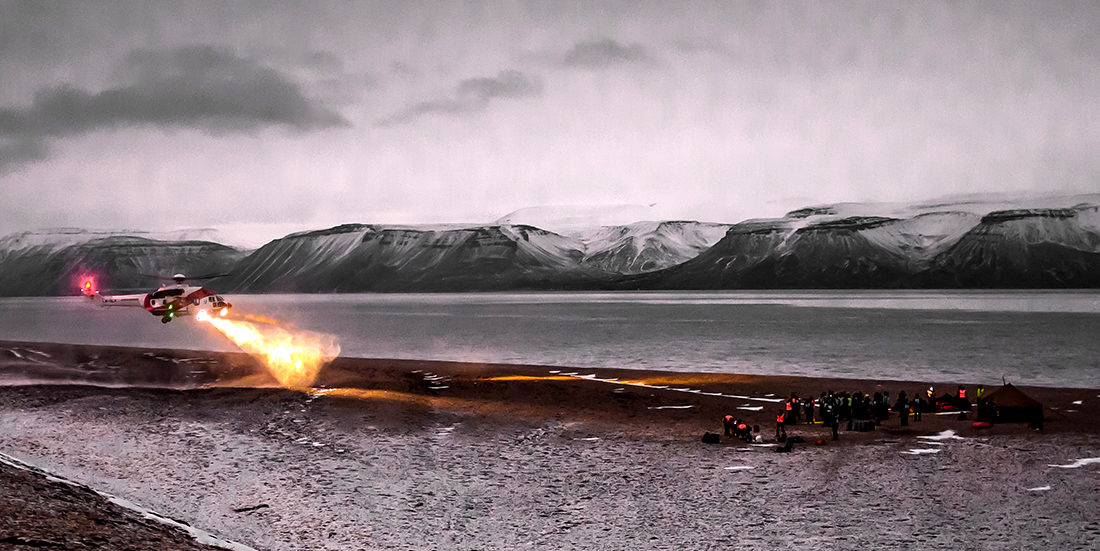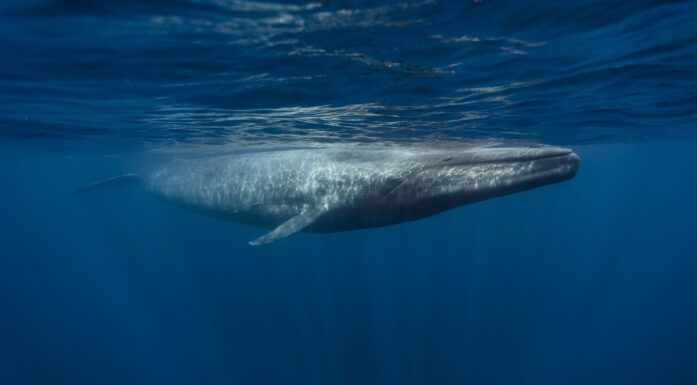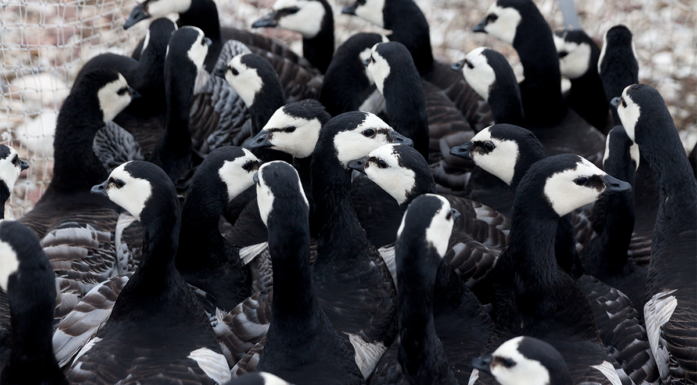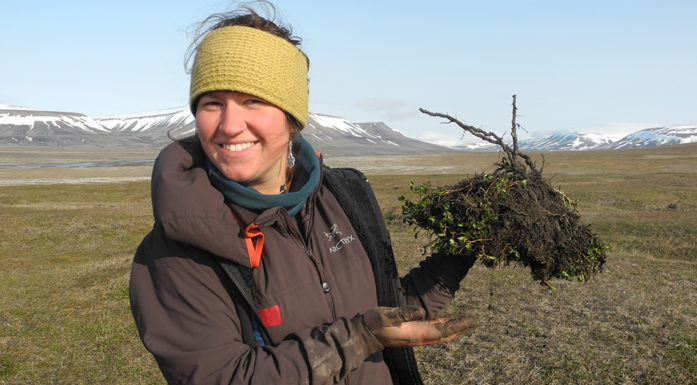Making Arctic travel safer
Help is not just a phone call away if you have an accident in the Arctic. That’s why the far northern Norwegian archipelago of Svalbard is establishing an educational and research centre for Arctic safety.
A tourist who arrives in Svalbard goes for a walk around Longyearbyen. He doesn’t go far from the settlement before cell coverage disappears. Then he’s alone. Without a guide or a gun he doesn’t stand a chance in a run-in with a polar bear, which he may well encounter close to town.
A marine biologist falls overboard when she is out on a research expedition in Arctic waters, and she feels the icy water penetrate her clothing and reach her skin. Her soaking wet clothes weigh her down, she gasps for breath and tries to stay afloat. Luckily she has colleagues who help her back into the boat, but the biting cold greatly increases the risk of frostbite and hypothermia.
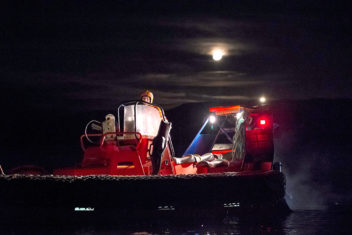
The darkness of the polar night in the Arctic presents challenges and requires extra attention to working safely. Photo: Stefan Claes / UNIS
The Arctic is a region that is both risky and vulnerable at the same time. To travel safely, people and companies need to know all they can about the specific safety challenges in posed by the area.
A new Arctic Safety Centre is under development at the University Centre in Svalbard (UNIS). The centre, which will open in 2019, aims to educate experts in Arctic safety.
A living laboratory
The Arctic Safety Centre is supported by the Norwegian Ministry of Foreign Affairs, and several universities and research departments are contributing to its establishment, including NTNU. Associate professor Eirik Albrechtsen at NTNU leads one of the groups that will develop the Master’s programme courses. He is working to ensure an interdisciplinary approach to the safety work in the Arctic.
“An education in Arctic safety has to take into account personal safety, societal safety and industrial safety.”
“If you’re on an expedition deep in the icy wilderness you can expect to wait a long time before help comes, and a rescue mission is resource intensive. Another aspect is to protect all of society from risk, for example in connection with a landslide. We’re also seeing that the oil industry wants to expand further north, which will lead to new challenges,” says Albrechtsen.
“Safety has multiple aspects, and an education in Arctic safety has to take into account personal safety, societal safety and industrial safety,” he says.
It is no accident that the Arctic Safety Centre is being established in Svalbard. Ann Christin Auestad is the project manager for creating the centre and characterizes Svalbard as a living laboratory, with unique access to information and expertise.
Flooding and evacuation
Interest in the Arctic is increasing. Melting ice means that it is now possible to get to areas in the north that were previously inaccessible. People with unique knowledge and experience with Arctic security live in Svalbard. Stations with scientific measurement tools for weather, wind, waves, avalanches and landslides provide access to quantities of data. The population also has first-hand experience with extreme events such as avalanches, landslides and polar bear attacks.
The safety aspect is all the more urgent as we see that climate change is leading to new and unfamiliar problems. In November 2016, Svalbard experienced unusual and extreme amounts of rainfall, which resulted in mudslides and evacuations in parts of Longyearbyen. In December, people were evacuated because of the avalanche danger in Nybyen on the outskirts of Longyearbyen, not far from where two people died in an avalanche in 2015.
“We can apply these lessons learned in the new centre’s programme, and they can help us make good safety decisions,” says Auestad.
With 60,000 annual visitors to Svalbard, the activities that are offered demand a high level of security.
The Arctic Safety Centre will contribute to sustainable and safe activity in the Arctic by coordinating what is known about Arctic security and making use of scientific observations, best practises and established safety theory.
“This will form the basis of the course portfolio for the safety work. Specialization in Arctic safety at Master’s level will be the driving force at the centre, but we’ll also offer additional activities and training, focusing on security at the field station,” Auestad said.
The centre also hopes to contribute to greater safety for the local Svalbard community.
Will make Longyearbyen safer
The centre wants to give back to the community and make Longyearbyen a safer town. This will happen through increased cooperation with local authorities and training of local residents.
Today Svalbard is no longer just a coal mining culture, but a complex society that includes families with children and people with different levels of experience in living in extreme environments.
Tourists constitute a special group. With 60,000 annual visitors to Svalbard, the activities that are offered to tourists demand a high level of security.
“We have a dynamic society here in Svalbard and hope to help residents become more safety conscious, so that it’s safer to live here. We want to train experts in Arctic security, offer our expertise to residents and provide safety training to students and others who come here,” says Auestad.
You can read more about the Arctic Safety Centre on the UNIS webpages.
